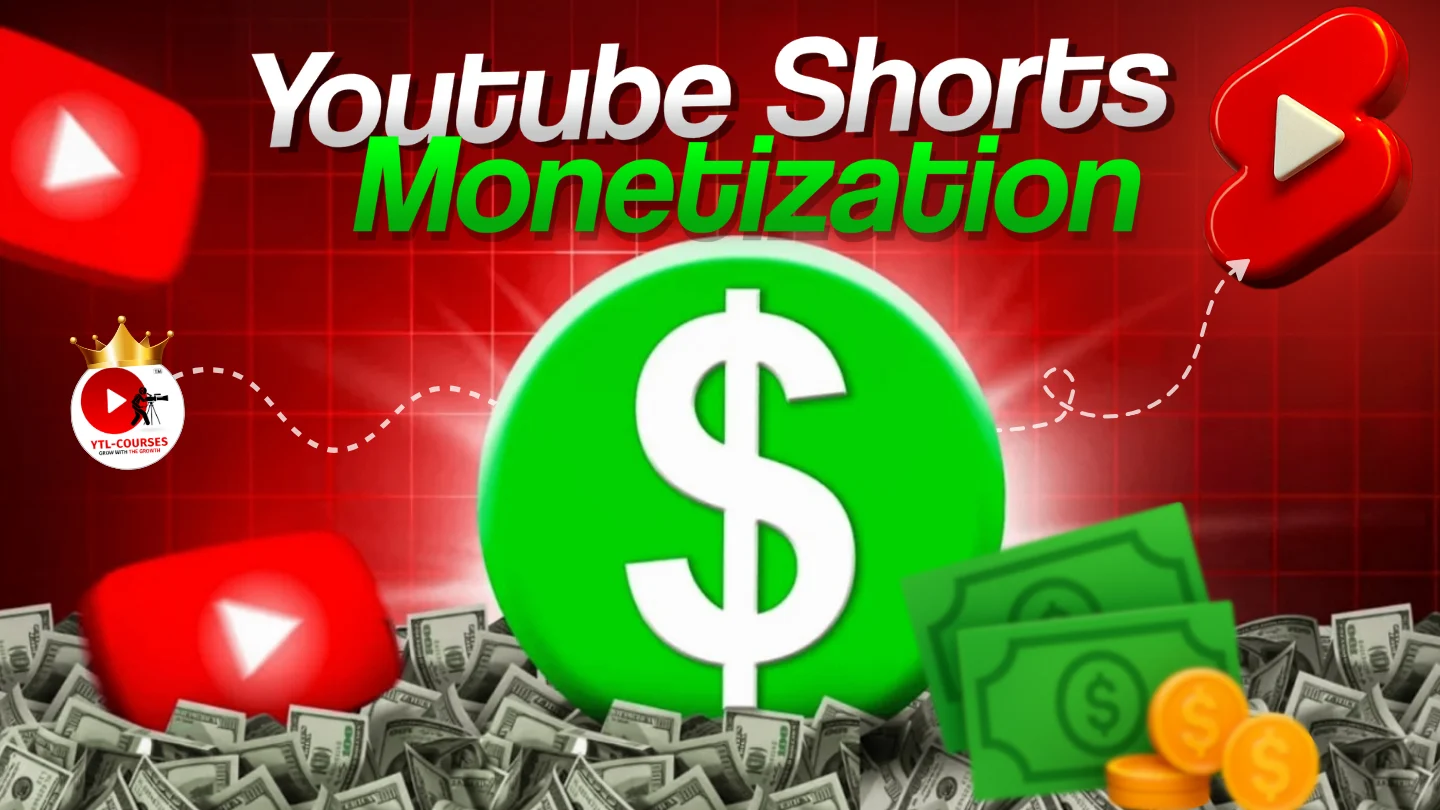August 3, 2025

Over the past few years, short-form videos have exploded in popularity. Platforms like TikTok and Instagram Reels dominated the space for a while, but YouTube was not far behind. With the launch of YouTube Shorts, the platform gave creators a new way to express creativity in bite-sized videos of 60 seconds or less. What started as an experimental format quickly became a core feature of YouTube. And now, the most exciting part: YouTube Shorts can finally be monetized. This article explains how Shorts monetization works, who is eligible, and how creators can maximize their earnings.
YouTube Shorts monetization officially rolled out in 2023 with new updates, and it continues to evolve. Previously, creators earned from the Shorts Fund a limited-time bonus program but now, YouTube offers a structured monetization model similar to long-form videos. This means creators can earn consistent ad revenue from their Shorts through a revenue-sharing system. The ads are not shown directly on Shorts videos but rather between videos as users scroll through the Shorts feed. YouTube collects the ad revenue from these placements, pools it, and then distributes it among eligible creators based on views and engagement.
To be eligible for Shorts monetization, creators need to be part of the YouTube Partner Program (YPP). There are two main ways to join YPP:
Once a creator meets either of these milestones, they can apply for YPP via the YouTube Studio dashboard.
Joining the Partner Program is just the first step. To start earning specifically from Shorts ads, creators must accept the “Shorts Monetization Module” inside YouTube Studio. This module enables revenue sharing for Shorts, and monetization only starts from the day this module is accepted. So, if you had a viral Short before accepting the module, that video views won’t generate ad revenue retroactively. It’s crucial to activate this as soon as you’re eligible.
Once monetization is active, YouTube calculates revenue differently than for long-form content. YouTube gathers all revenue earned from ads shown between Shorts during a given month. A portion of this is used to cover the cost of music licensing (if copyrighted music is used). The remaining amount is pooled and distributed to creators based on their share of total views in the Shorts Feed.
Creators who use original audio in their Shorts instead of copyrighted music get a larger share of the revenue since there are no music royalties to be deducted.
YouTube retains a portion of the total revenue. For Shorts, creators typically receive 45% of the ad revenue after YouTube takes its cut and any music-related deductions are made. This is slightly lower than the 55% offered for long-form videos, but it’s still a great way to earn from short-form content.
Additionally, creators also earn a portion of YouTube Premium revenue if subscribers watch their Shorts. This provides an extra source of income alongside ad earnings.
Beyond ad revenue, Shorts creators who are in the Partner Program can also earn through fan-funding features such as:
These features allow fans to support creators directly and can significantly increase total earnings. To access them, creators must accept the Commerce Product Module in YouTube Studio.
For content to remain monetizable, it must follow YouTube monetization and community guidelines. Here are a few key rules:
Creators who violate these policies risk demonetization or even removal from the Partner Program.
To make the most out of Shorts monetization, focus on creating engaging, high-retention videos. The longer a viewer watches, the more valuable your content becomes to advertisers.
Here are some practical tips:
The more people engage with your Shorts, the more likely YouTube is to recommend them leading to more views and increased income.
YouTube Shorts monetization has unlocked new earning potential for creators around the world. Whether you’re a new creator or an experienced YouTuber, this format offers exciting ways to grow your channel and build income. By meeting the eligibility criteria, enabling the monetization modules, following content guidelines, and consistently posting quality videos, you can make the most of this opportunity. As YouTube constantly improves its monetization tools and Shorts algorithm, you have the perfect opportunity to build your Shorts strategy and get paid for your creativity.
The YTL Courses
Welcome to The YTL Courses, here you will get best category of digital products at affordable prices.
Please send your name and contact details if you have any query.
WhatsApp Us
🟢 Online | Privacy policy
WhatsApp us